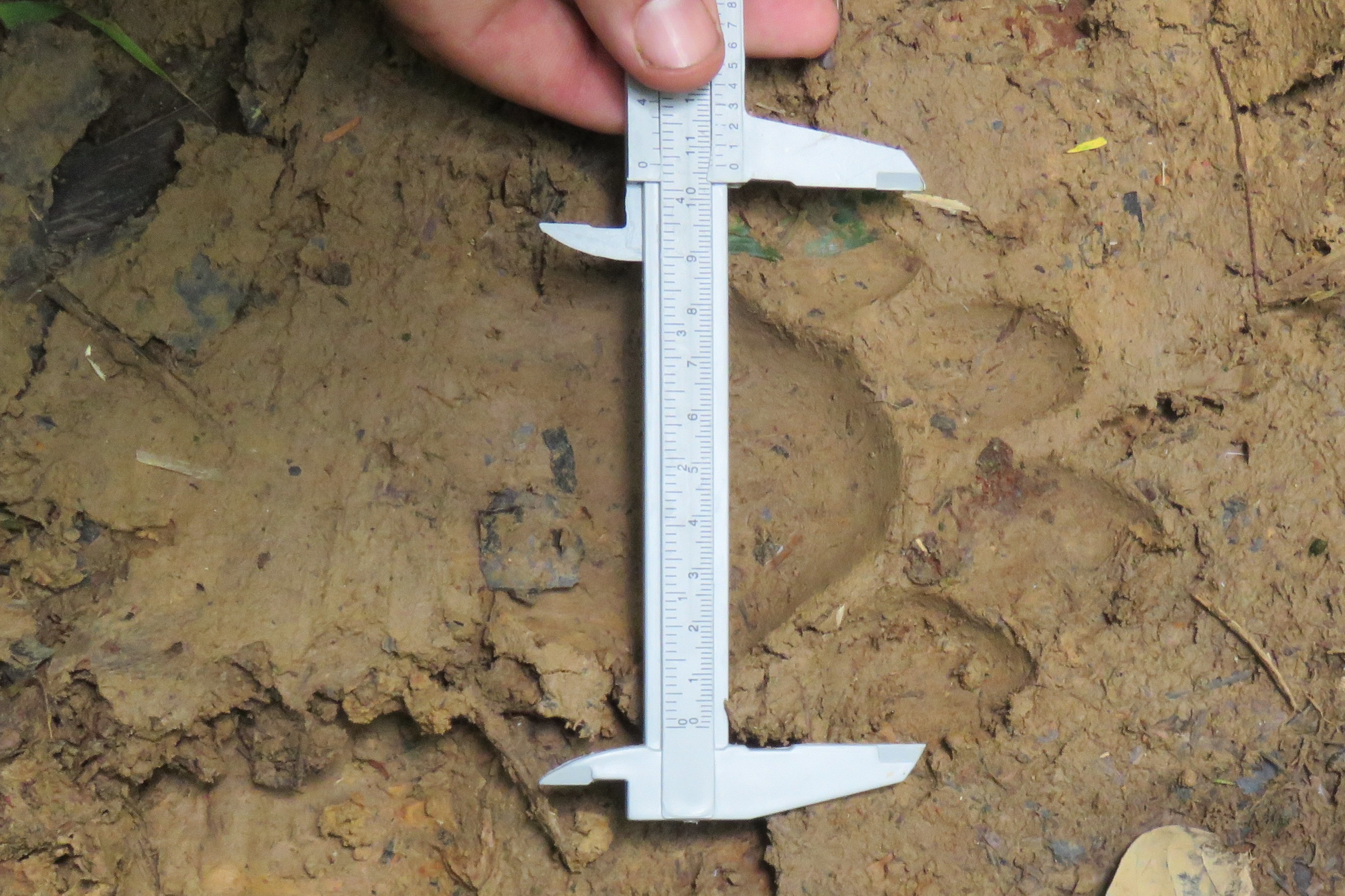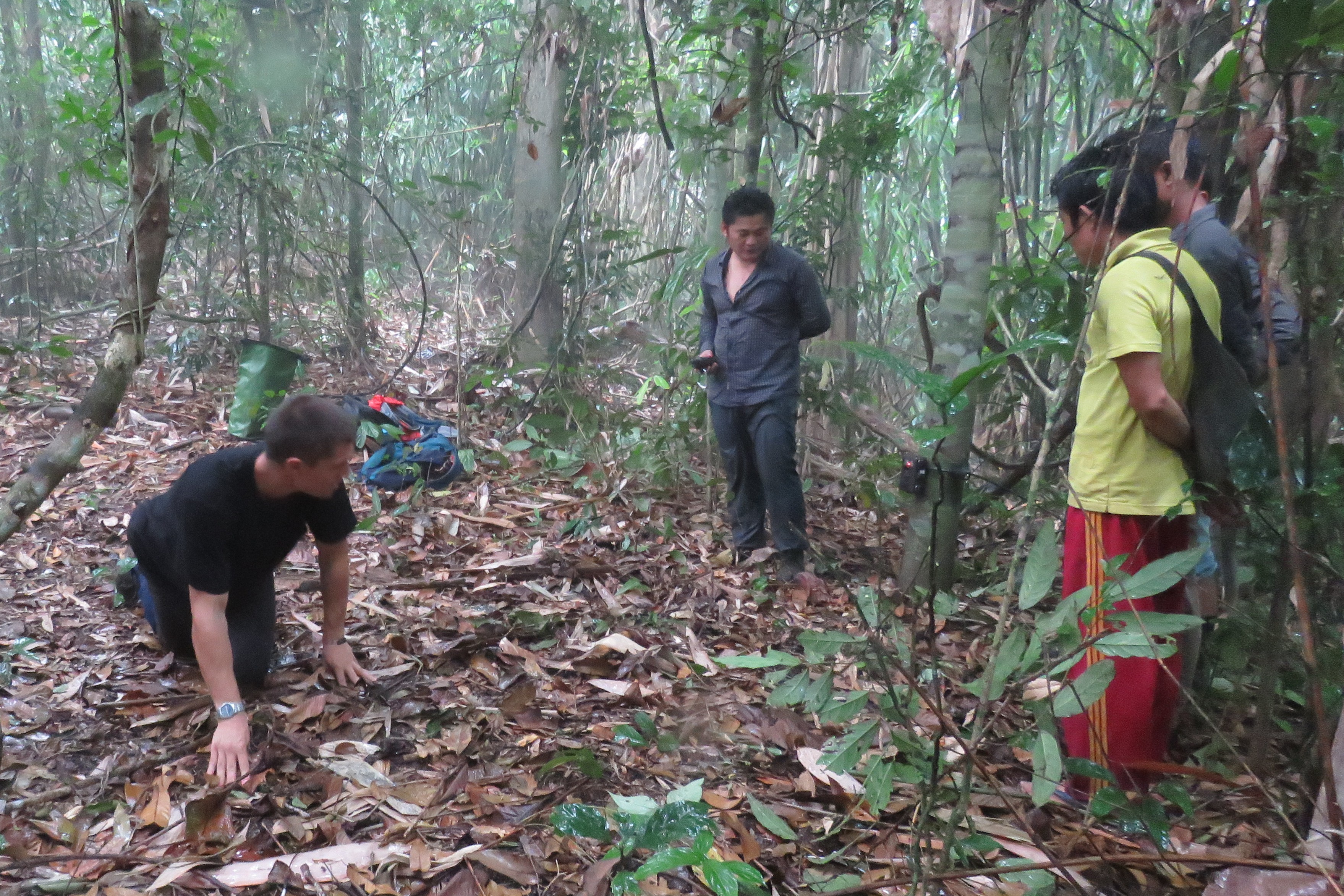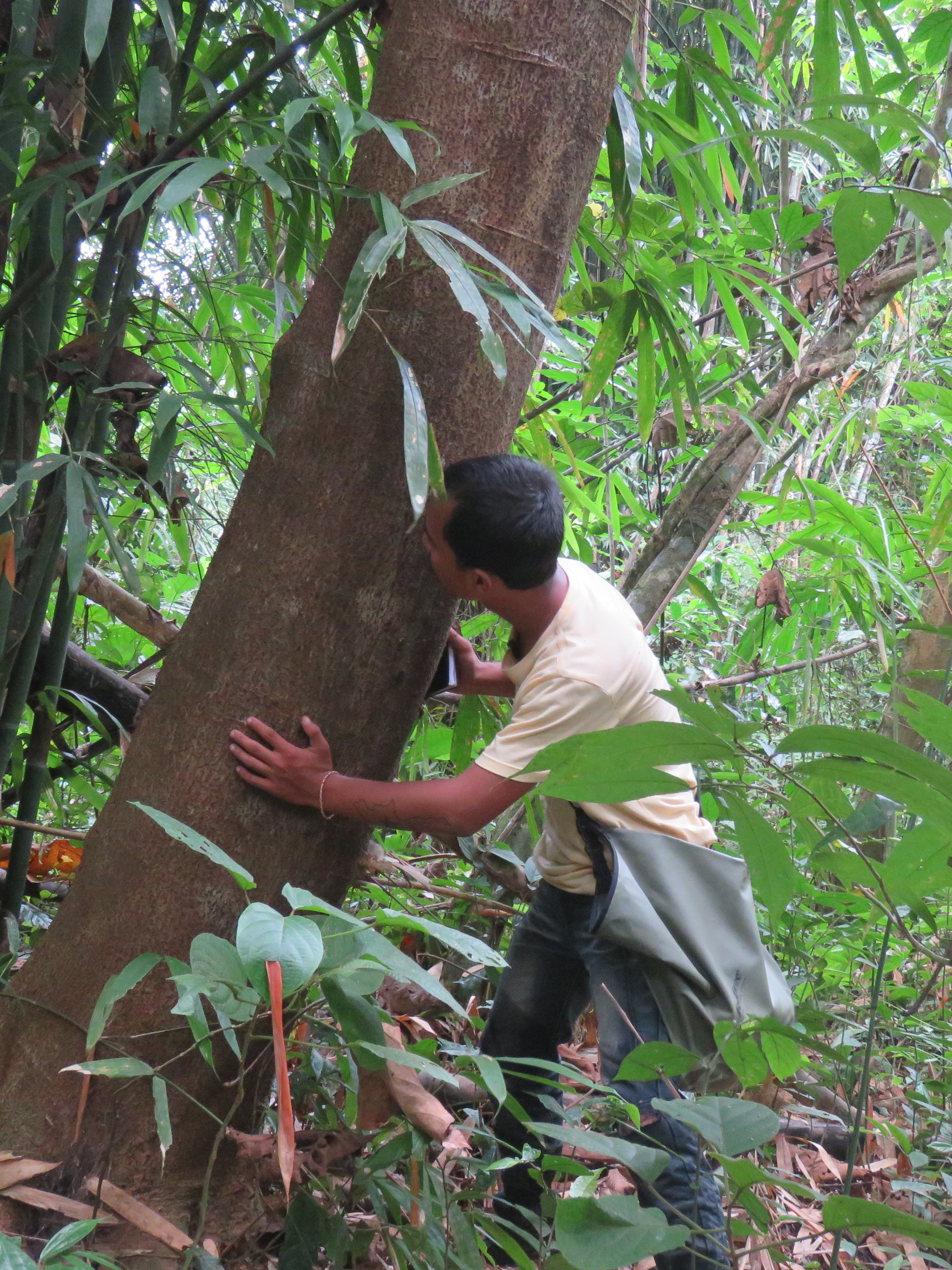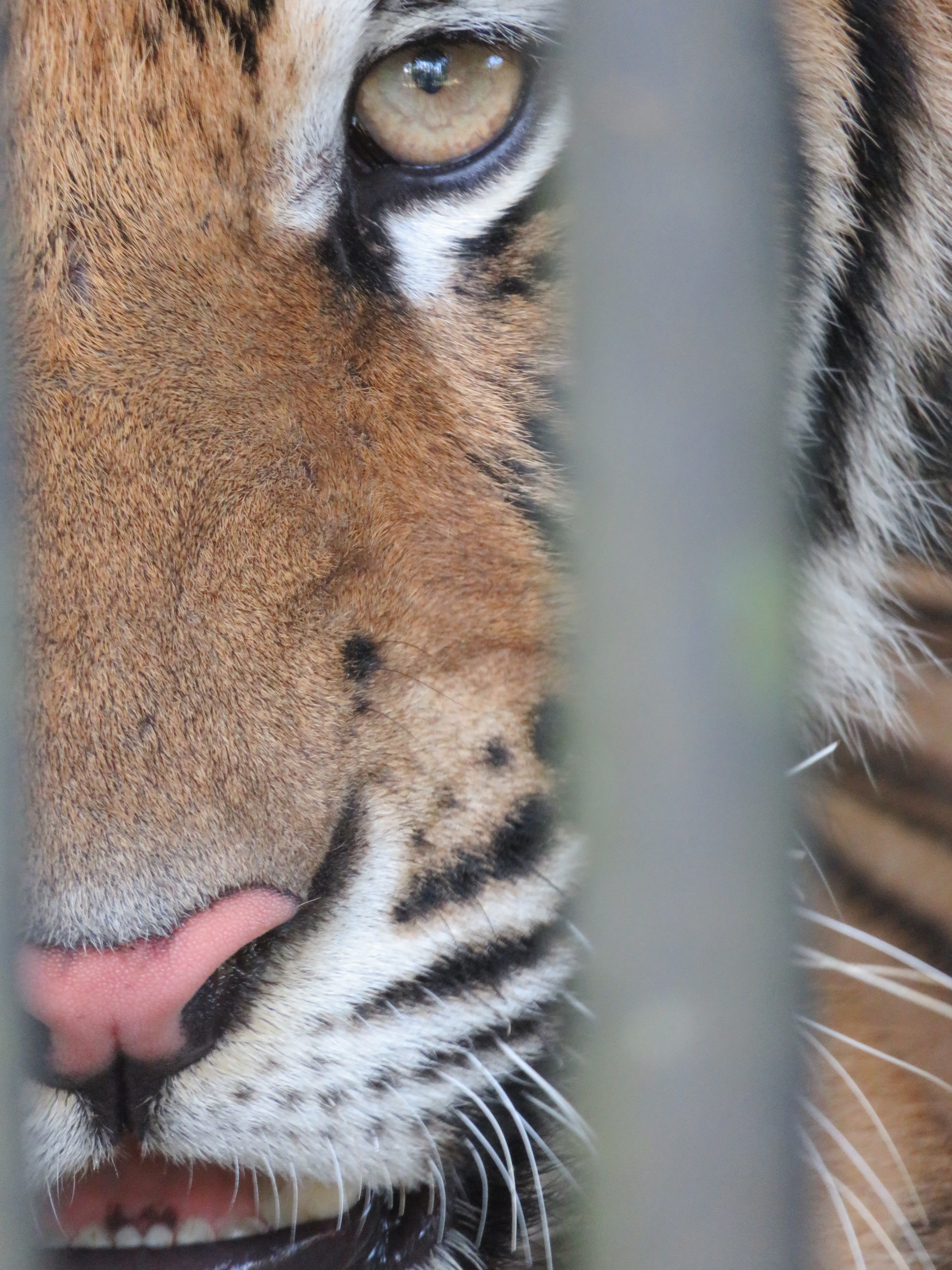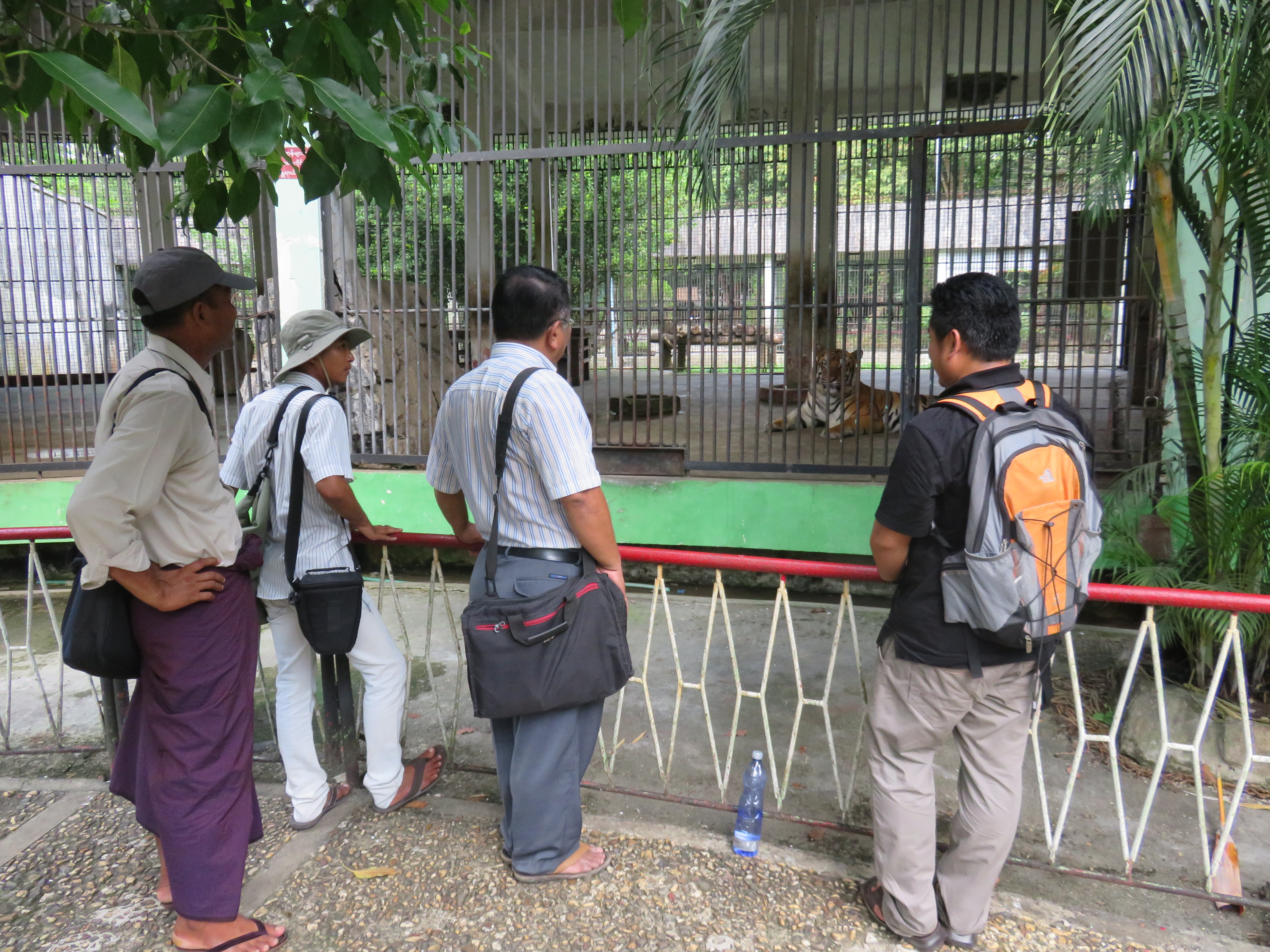A window of conservation opportunity opens in Myanmar
Fauna & Flora International (FFI) - began working in the forested southern Tanintharyi Region in 2014 as it slowly began to open up to international organisations after over 50 years of civil conflict. Although there was little recorded evidence of the species existing in the region, within just the first year of forest research we were amazed to discover signs of tigers and a healthy prey base in several survey locations across a wide area of the forest.
Realising immediately that this was potentially an area of global importance for conservation of tigers, we quickly sought to establish a tiger conservation programme, and in late 2015 we were able to launch it with funding from the ITCHP. With that support we have been able to establish a dedicated tiger team comprising of existing and new scientific staff, and to start a systematic survey and monitoring programme across a larger part of the landscape. We have also begun identifying and training local tiger patrol survey teams who are local residents motivated to protecting their national heritage. After several months of survey training, these teams will become semi-autonomous tiger patrol units, following a model FFI has used successfully in Sumatra, Indonesia.
With so few tigers remaining and years of under-investment in Myanmar, there are few local scientists with experience in this field. Thus, for the first two months of the ITHCP grant, we focused on training the newly expanded team. After classroom training and a trip to the zoo to get up close and personal with a male tiger the team went straight out into the field to scout for tiger signs and lay traps.
Much to our surprise, they were able to locate several probable tiger pug marks, as well as a spray site. This suggests that despite signs of heavy poaching, a significant number of tigers may remain. They may have been protected by years of civil war and the widespread use of land mines, which severely restricts access to much of the remaining forest of Tanintharyi.
The team will be sharing the results of the recent surveys at the upcoming project inception workshop to be held jointly with the Myanmar Forest Department . The workshop will also be used by the Forest Department to catalyse cooperation between different government agencies for the enhanced law enforcement and protection of tigers in the region.
The wider tiger conservation landscape, of which the project site is a part, is shared with Thailand, and although well-resourced and committed to tiger conservation, Thailand also appears to be a significant source of demand for tiger parts and products. Increased collaboration with the Thai authorities is therefore imperative. The project will achieve this through developing formal bilateral cooperation between Myanmar and Thailand, and through less formal cooperation on training and information sharing with WWF Thailand and other non-government organisations.
For now, the dedicated FFI Tiger Team continues to place traps; map signs; search for trails; investigate water holes and other sites where prey may congregate; and document hunting pressure. Armed only with good evidence, sound science and a powerful vision, these dedicated young conservationists hope to turn back the tide of destruction that has pushed tigers to the precipice of extinction in the region.
Read more about this project here.
> By Mark Grindley, Project Manager, Fauna & Flora International (FFI) Myanmar
The FFI Tiger Team comprises Saw Soe Aung, FFI Senior Field Biologist and Project Team Leader, Zaw Win Myint, Project Assistant Team Leader, La Min Nyi Nyi, Project Junior Biologist, and Thiha Zaw, on secondment from the Myanmar Forest Department. Oversight and support is provided by Nay Myo Shwe, FFI Tanintharyi Field Coordinator, and initial training and technical support was provided by an associate tiger conservation advisor, Laurie Hedges.
